Thanksgiving hurtles towards us. This holiday kicks off Florida’s finest camping season.
At the north end of the Mosquito Lagoon a labyrinth of islands, channels, and shallow ponds hosts loads of wading birds, dolphins, redfish, and seatrout. Canaveral National Seashore administers a dozen National Park Service campsites here. Accessible only by water, these are “wilderness” sites. A few have a fire grate and a picnic table. The others have space for your tents, and that’s about it.
I’ve gone camping here by canoe and kayak many times over the years. While sometimes the fishing hasn’t been good, other times it has been outstanding. Either way, I always have an enjoyable time.
A Typical Trip
Obtain the necessary camping permit from Canaveral National Seashore, Turtle Mound station. Launch your boats at River Breeze Park in Oak Hill, or at Turtle Mound on the east side of the lagoon.
After dinner roast marshmallows and watch the sun set. After it gets dark you can stargaze for hours. During the winter months Orion (the easiest of all constellations to recognize), Gemini, Taurus, and Canis Major are all clearly visible. Sirius, in Canis Major, is the brightest star in the sky! If you’re lucky you’ll see satellites, or a meteor streaking across the heavens. You certainly don’t get to see meteors every day.
After breakfast go fishing. Fishing being fishing, sometimes it’s great and sometimes you’ll get skunked. But the wading birds will be thick. You will see pelicans, ospreys, and maybe a bald eagle, and dolphins are commonly encountered. If you don’t catch any fish, cook some hot dogs over a blazing campfire. When you roast a wiener on a stick over an open fire, they are as good as hot dogs can be!
A Warning
You can expect raccoons to visit your campsite while you’re here. Make sure to pack your food in raccoon proof containers. A hard plastic cooler with a rope tied around it works well. On one trip we left our s’mores fixings in a shopping bag, unattended on a table, for less than five minutes. A raccoon quickly found and tried to steal the bag. The chocolate and crackers fell out as he ran off, but he made a successful getaway with all of our marshmallows.
A Quick Look at the Fishing
The most common gamefish here are redfish and seatrout. A ten pound spinning outfit is appropriate. Effective lures include soft plastic jerkbaits, weedless gold spoons, and small popping plugs. The area is shallow with a lot of grass, so weedless lures are a must. Popular natural baits include shrimp and cut mullet. Small crabs can also be effective.
I kayak fish this area a lot, ordinarily using fly tackle. The preferred technique is to paddle along shorelines, searching for fish to which to cast the fly. Particularly during the cooler months (when camping is most enjoyable) fishing for both reds and seatrout can be excellent.
On the very first camping trip my boys and I made here we paddled over a school of at least 200 redfish. We continued on to our campsite and dropped off our gear, then went right back to where the fish were. Between us we got a dozen fish, many on fly tackle. If you spend some time hunting for fish here usually you will find some.
Florida saltwater fishing laws apply here. If you choose to fish you will need a saltwater fishing license.
Nuts and Bolts
Canaveral National Seashore lies northeast of Orlando about one hour’s drive. To camp there you must obtain a permit (fee required) from their office at Turtle Mound, on Florida route A1A south of New Smyrna Beach. They accept reservations by telephone one week in advance, and especially during the busy spring season reservations are strongly recommended.
Their website URL is http://www.nps.gov/cana/. Click on the “Activities” button. Then click on the “camping” button to see their camping brochure. The phone number at the Turtle Mound station for more information about camping or reservations is 386-428-3384 Ext. 10.
The different campsites have varying capacities. Some sites, like the two on Orange Island, can fit three small tents maximum. Others, like the spoil island campsites, could hold 20 or more people. Remember, these are unimproved sites with no fresh water, electricity, or toilet facilities. If you don’t bring what you need you won’t have it out there.
Another point to keep in mind is that adjacent to Canaveral National Seashore is the Merritt Island National Wildlife Refuge. No camping is allowed here at any time. So if you intend to camp on a spoil island in the Mosquito Lagoon, be sure to find the right one.
While this piece emphasizes paddling to the campsites, there are no restrictions on motor vessel use here. You can easily use a boat with a motor to gain access to any of the CNS campsites, or to go fishing. You will still need the national park service permit to camp, of course.
The Mosquito Lagoon wasn’t named on a whim. The bugs can be nasty when the weather is warm, so the best time to camp is from about Thanksgiving through about Easter. The prudent camper will bring bug spray at whatever time of year they camp, anywhere in Florida.
Remember to bring sunblock and plenty of water. Have fun, and enjoy your trip!
John Kumiski
http://www.spottedtail.com
All content in this blog, including writing and photos, copyright John Kumiski 2011. All rights are reserved.
|
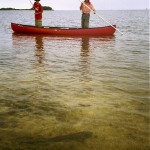
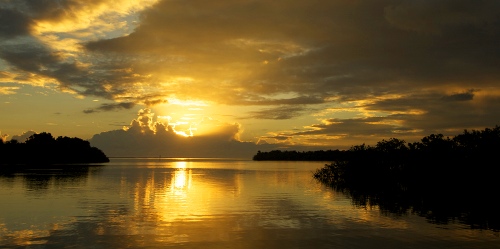
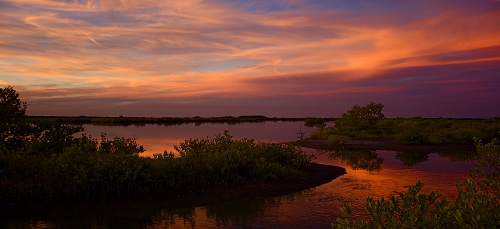
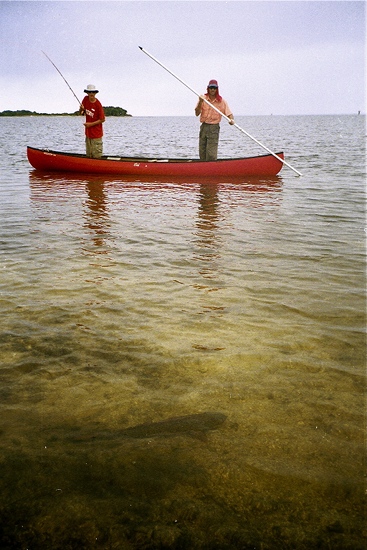
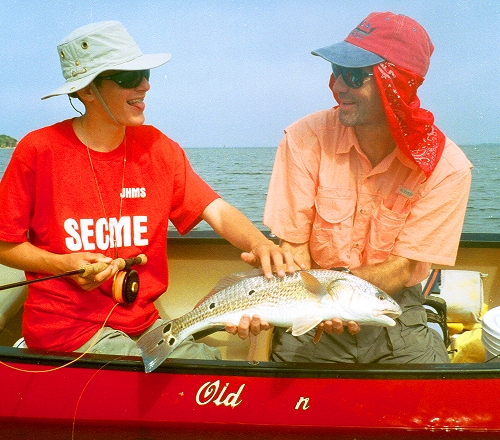
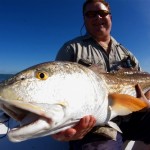
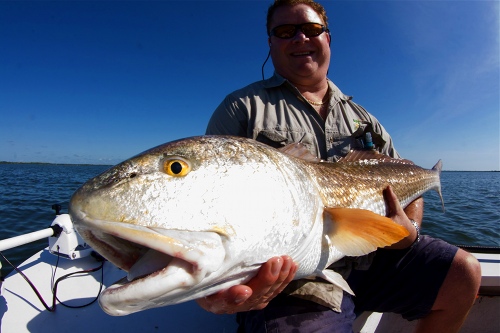
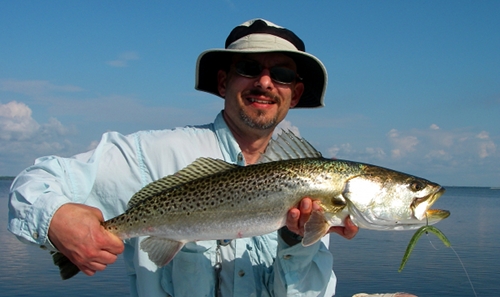
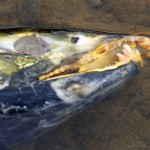
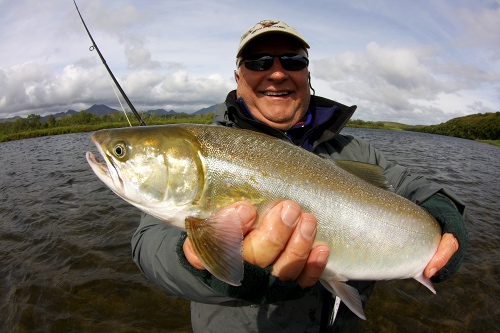
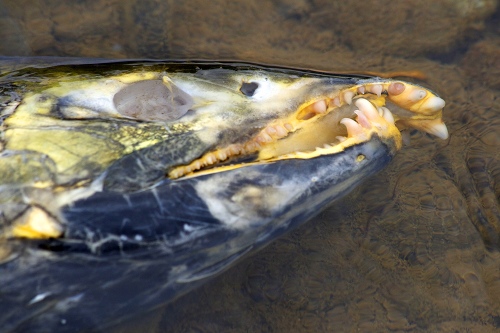
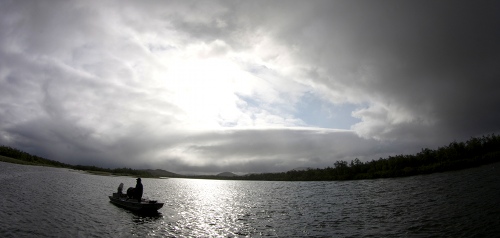
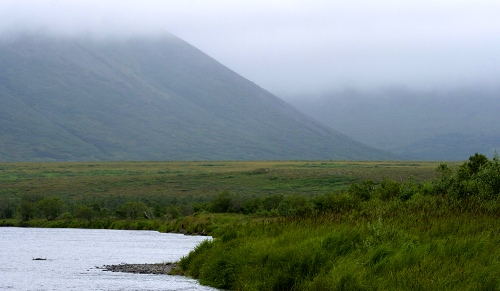

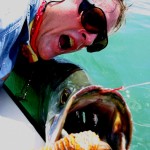
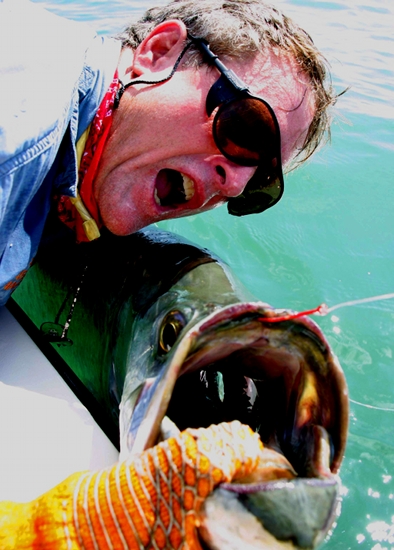
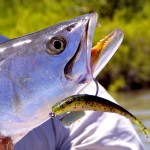
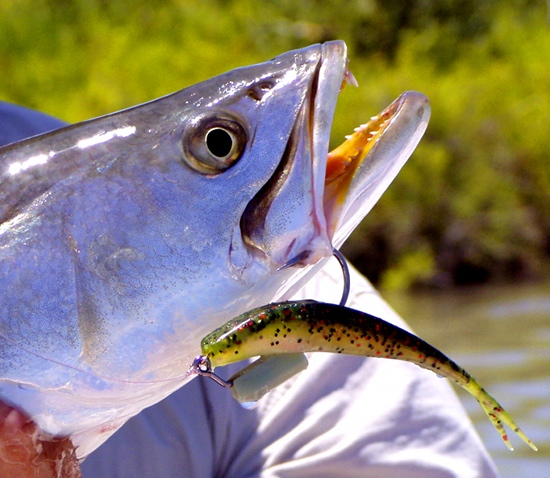
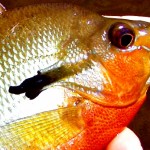
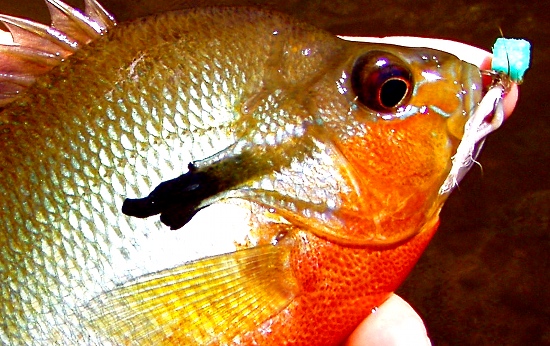
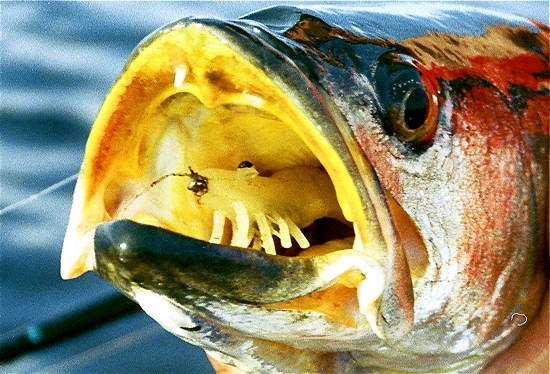
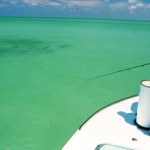
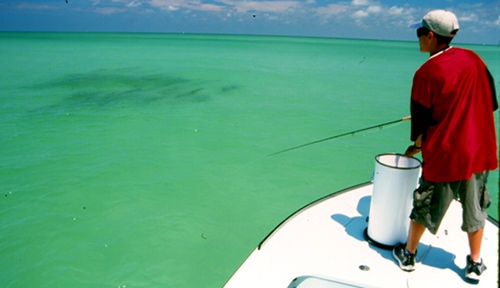
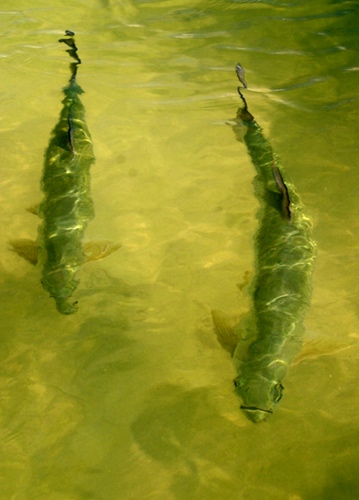
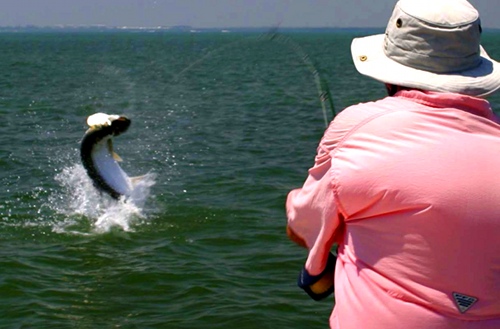
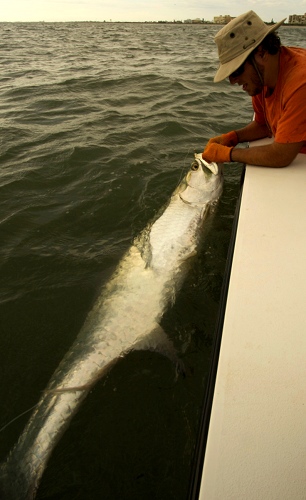
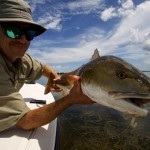
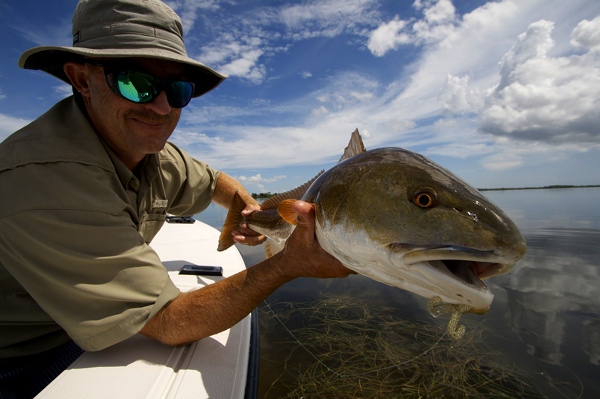
Recent Comments